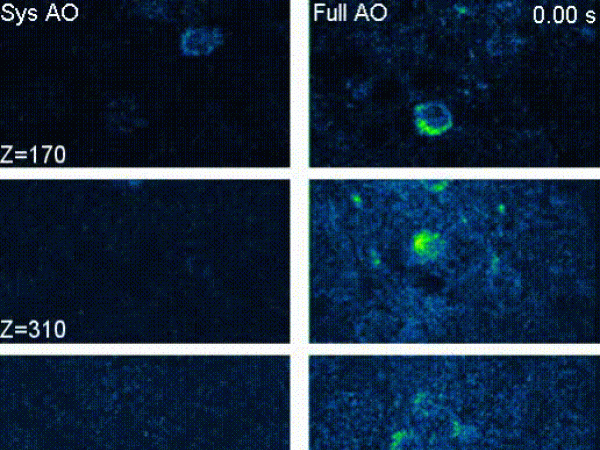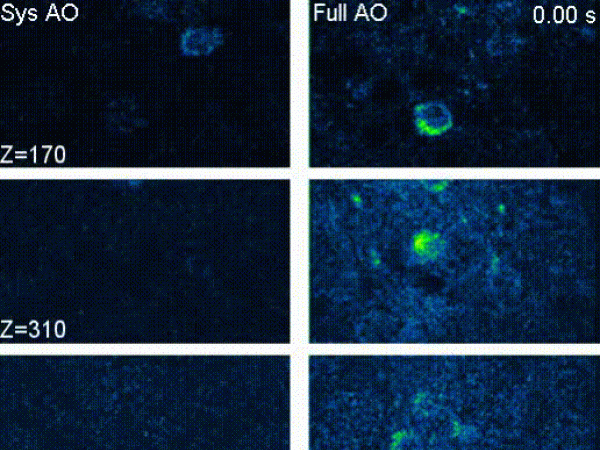

Damages to the central nervous system (CNS), for example in the case of spinal cord injury, can result in permanent loss of sensory and motor function. It is because the severed axons are unable to regenerate. As of today, there are very limited options to help these patients regain their motor abilities. Scientists have been exploring ways to enable the regeneration of severed axons, with a view to developing viable treatments in the long term.


CO2 in the deep Earth may be more active than previously thought and may have played a bigger role in climate change than scientists knew before, according to a study by the Hong Kong University of Science and Technology (HKUST).


Aging, and the struggle against it, has long been a popular theme in classic and modern literature in human history. From the ill-fated Qin Shi Huang’s expedition to the sea searching for eternal life to Count Dracula’s popularity in the West, aging is a mystery that has captured the world's imagination for thousands of years and yet remains unsolved.


An international research team, led by Prof. Nancy IP, The Morningside Professor of Life Science at the Hong Kong University of Science and Technology (HKUST) and Director of the Hong Kong Center for Neurodegenerative Disease (HKCeND), has identified a blood protein that plays a key role in the pathogenesis of Alzheimer’s disease (AD). Their findings reveal an innovative strategy in reducing the risk of AD development and ameliorating disease pathologies in individuals living with AD.


A research team at HKUST has developed a new electrode design that is set to enable the rechargeability of alkaline zinc batteries, one of the most common types of non-rechargeable batteries used in our daily lives, shedding light on a wider application of rechargeable batteries.


Structural biologists at The Hong Kong University of Science and Technology (HKUST) together with researchers at the AIDS Institute, The University of Hong Kong (HKU), Department of Microbiology, School of Clinical Medicine, the LKS Faculty of Medicine of The University of Hong Kong (HKUMed) and the State Key Laboratory of Emerging Infectious Diseases, HKU have demonstrated that ZCB11,


A research team led by Prof. GAN Jianping, director of the Center for Ocean Research Hong Kong and Macau (CORE) at the HKUST, carried out field observations and conducted numerical simulations in the South China Sea (SCS) recently and revealed the never-before-seen characteristics of the three-dimensional ocean motion in the SCS through geophysical fluid dynamic theory.


A research team from the HKUST has demonstrated for the first time in-vivo imaging of fine neuronal structures in mouse cortex through the intact skull at an unprecedented depth of 750 µm below pia, making high-resolution microscopy in cortex near non-invasive and measurably facilitating the study of the living brain.
Researchers at the Hong Kong Center for Neurodegenerative Diseases (HKCeND), founded by HKUST, have made promising breakthroughs in early diagnosis and therapeutic treatment of Alzheimer’s disease (AD) that have the potential to transform disease management.


A research led by HKUST has revealed a novel mechanism that regulates secretion of sonic hedgehog (Shh), a key signaling molecular that plays an important role in cancer progression, in mammals, opening the door to novel therapeutic strategies for cancer induced by the hedgehog signaling pathway.